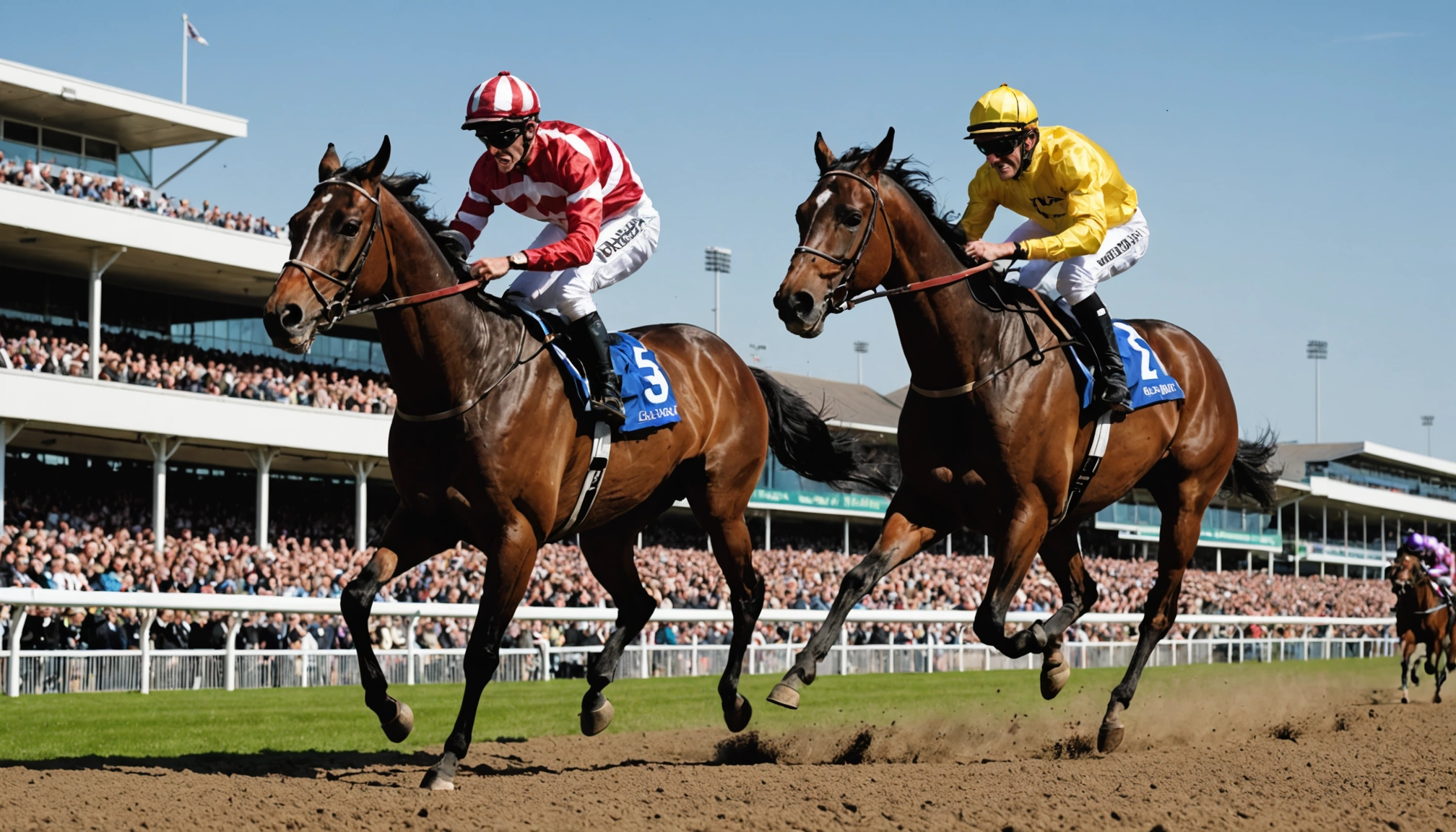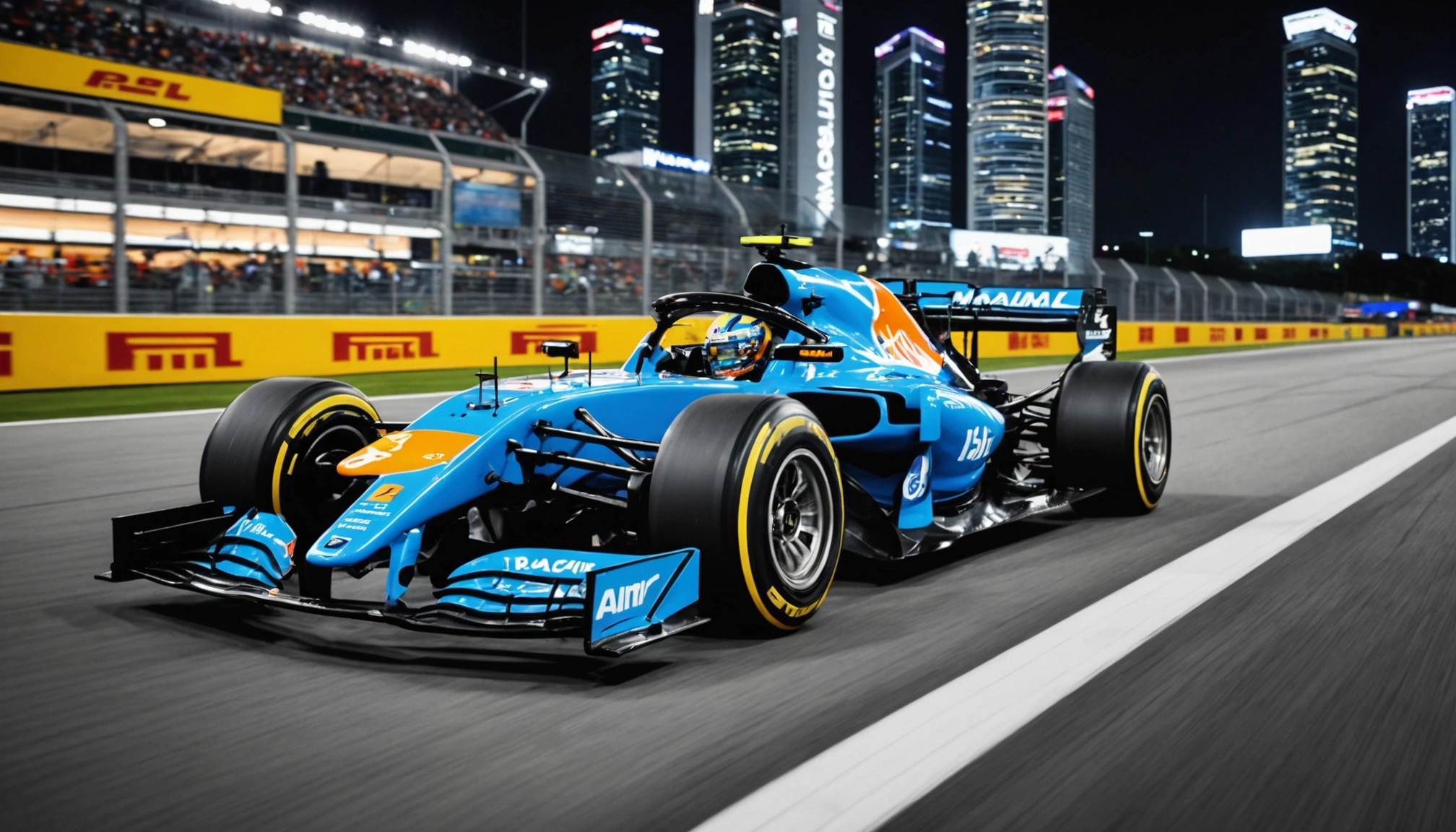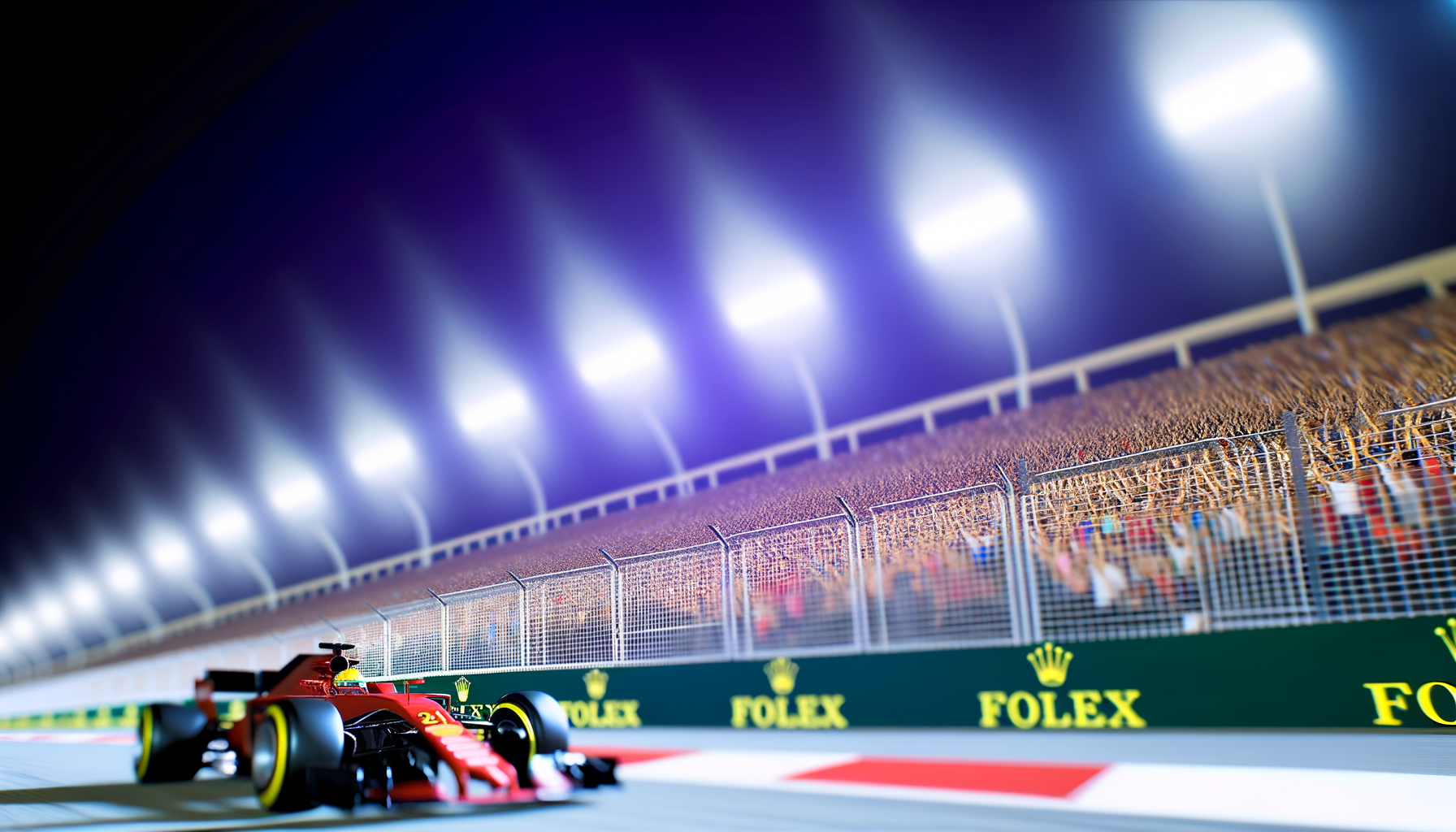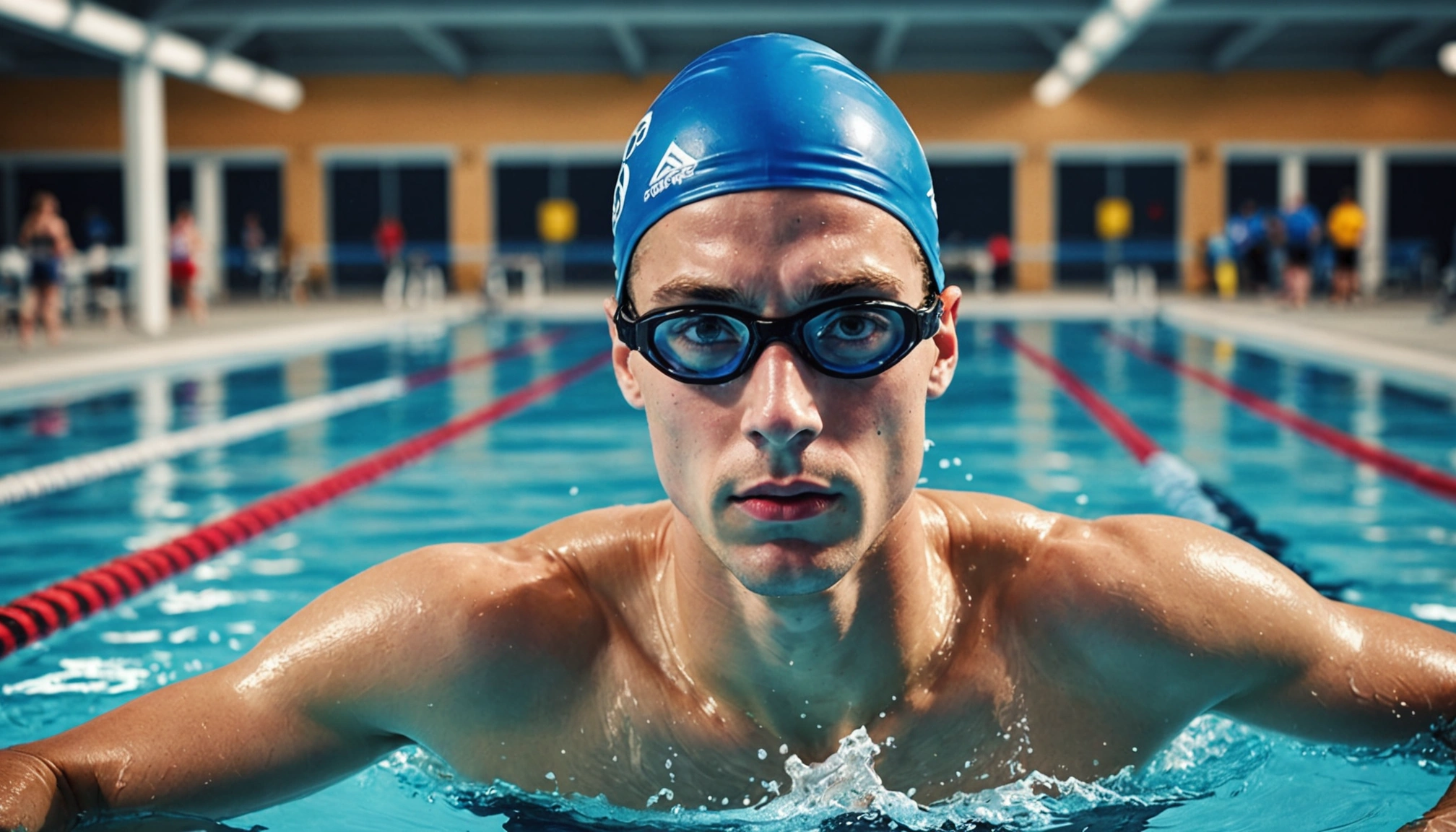Ronda Rousey’s training return: What’s next for the MMA icon?
Ronda Rousey sparks comeback rumours after resuming training but stresses it’s for joy and identity, not a UFC return. Explore her journey and future prospects.
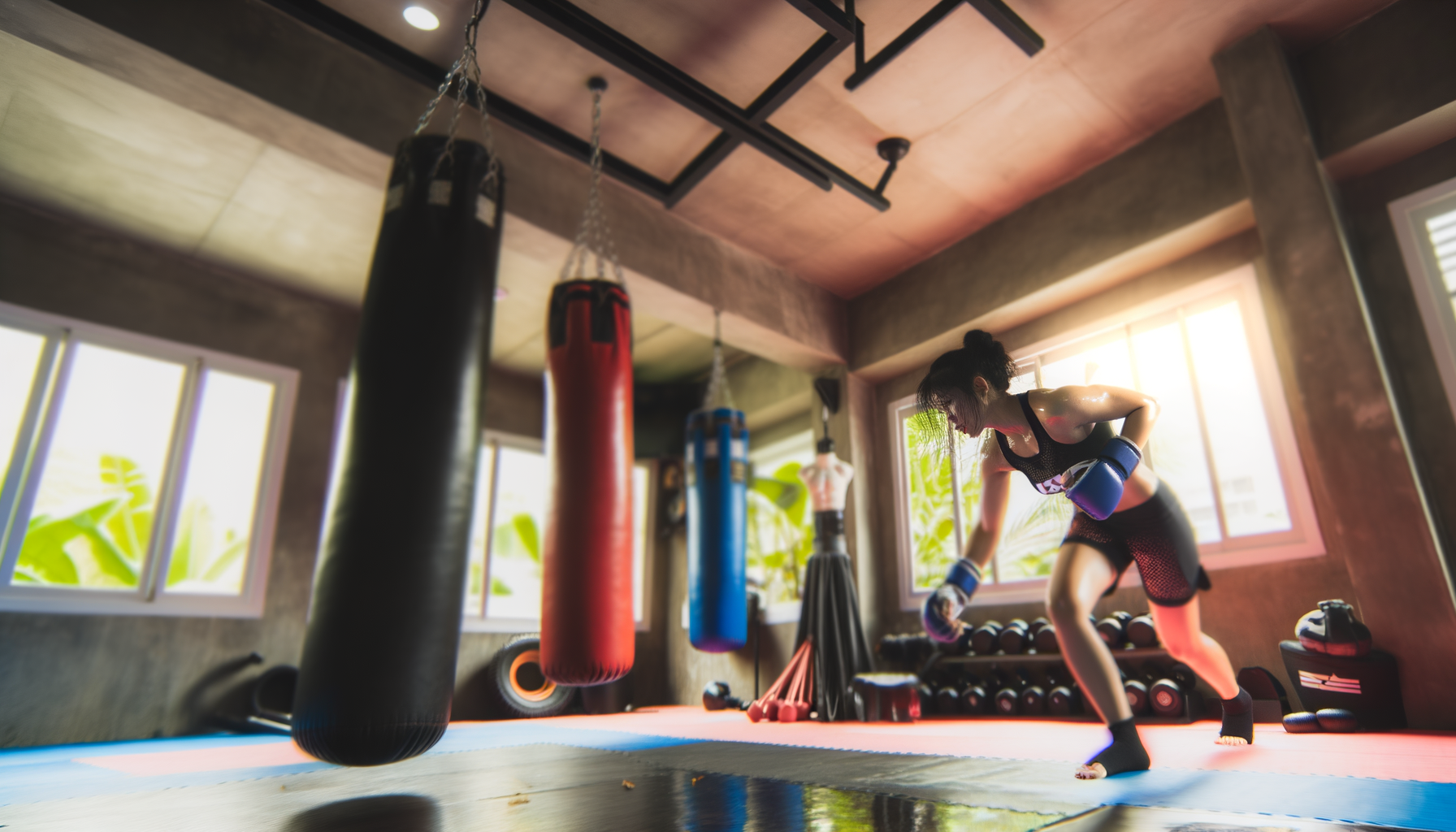
By Editorial
Ronda Rousey’s return to training: setting the record straight
Ronda Rousey, one of the most influential figures in women’s mixed martial arts (MMA), has reignited conversation about her fighting future. At 38, the American athlete recently shared clips of her training on social media, leading to widespread speculation about a potential UFC comeback. However, Rousey has been clear: her return to the gym is about reclaiming her personal identity rather than preparing for another professional bout.
The legacy of a trailblazer in women’s MMA
Rousey’s impact on the sport is undeniable. She became the UFC’s first female bantamweight champion in 2012 and successfully defended her title six times, setting a new standard for women in a male-dominated arena. Winning 12 of her 14 MMA fights by stoppage, her aggressive fighting style was both a spectacle and a tactical choice, designed to minimise head trauma from prolonged fights.
Her dominance was underpinned by a judo background, having secured an Olympic bronze medal for the USA in 2008. Transitioning from judo to MMA, she quickly became a household name, inspiring a generation of female fighters.
Why she’s training now: reclaiming bodily identity and joy
After retiring from MMA following a defeat to Amanda Nunes in 2016, Rousey ventured into WWE, where she performed until 2023. Recently, she revealed that her motivation for resuming training stems from a personal journey rather than professional ambition.
Having welcomed her second daughter earlier this year, Rousey explained how pregnancy altered her perception of her body. "Being pregnant is tough," she said, reflecting on the challenge of feeling like "a finely tuned athletic machine" after childbirth. Training MMA again helps her regain the freedom of movement and the 'bodily identity' she felt she lost during pregnancy.
Her return to the gym is driven by joy and self-expression, not plans for world domination in the octagon. This sentiment echoes the recent comeback of boxing legend Mike Tyson, who returned to the ring at 58, proving that retirement in combat sports is often more fluid than final.
The challenges of returning to combat sports after retirement
Rousey’s cautious approach highlights the physical and emotional hurdles athletes face when contemplating a return. Head injuries and concussions played a significant role in the later stages of her fighting career, prompting her to step away for health reasons.
Experts warn that returning too soon or without proper preparation can exacerbate long-term damage. This is particularly relevant given Rousey’s transparency about the toll MMA took on her body. Her focus on training for herself rather than competition suggests a healthy mindset prioritising wellbeing over fame or fortune.
What could a comeback mean for the UFC and women’s MMA?
Although Rousey has downplayed the prospect of fighting at the UFC’s special White House event celebrating America’s 250th anniversary, her continued presence in the public eye keeps fans hopeful. A comeback would undoubtedly electrify the sport, drawing attention to women’s MMA and potentially inspiring more female athletes to pursue the sport professionally.
Rousey’s influence extends beyond the cage. Her crossover into WWE and media appearances have broadened her appeal, making her a valuable ambassador for combat sports. This multifaceted role highlights the evolving nature of athletes’ careers in the modern era.
How Rousey’s journey compares with other sports comebacks
Rousey’s story is reminiscent of other high-profile sports returns, such as Mike Tyson’s controversial boxing comeback and the football debates between young stars like Michael Owen vs Wayne Rooney over peak performance timing. These narratives show how athletes weigh passion, physical readiness, and public expectation when considering their futures.
Similarly, events like the Hundred cricket competition highlight how sports evolve, and how returning stars can contribute to that evolution by raising standards and visibility.
Conclusion: What’s next for Ronda Rousey?
For now, Rousey’s return to training seems rooted in personal fulfilment rather than professional ambition. Her journey underscores the complex relationship athletes have with identity, health, and competition after retirement.
Whether or not she steps back into the octagon, Rousey remains a pivotal figure in combat sports history. Her story offers valuable insights for fans and athletes alike about balancing passion, public expectation, and wellbeing.
For more insights into the world of sports comebacks and athlete journeys, explore our coverage on Josh Allen’s Super Bowl quest and other inspiring stories.
Related topics
Editorial
Sports expert at SportsScoop
Specialist in sports analysis and journalism
Related articles
Want to read more?
Explore our comprehensive collection of sports articles and analysis, or contact us for more information.
